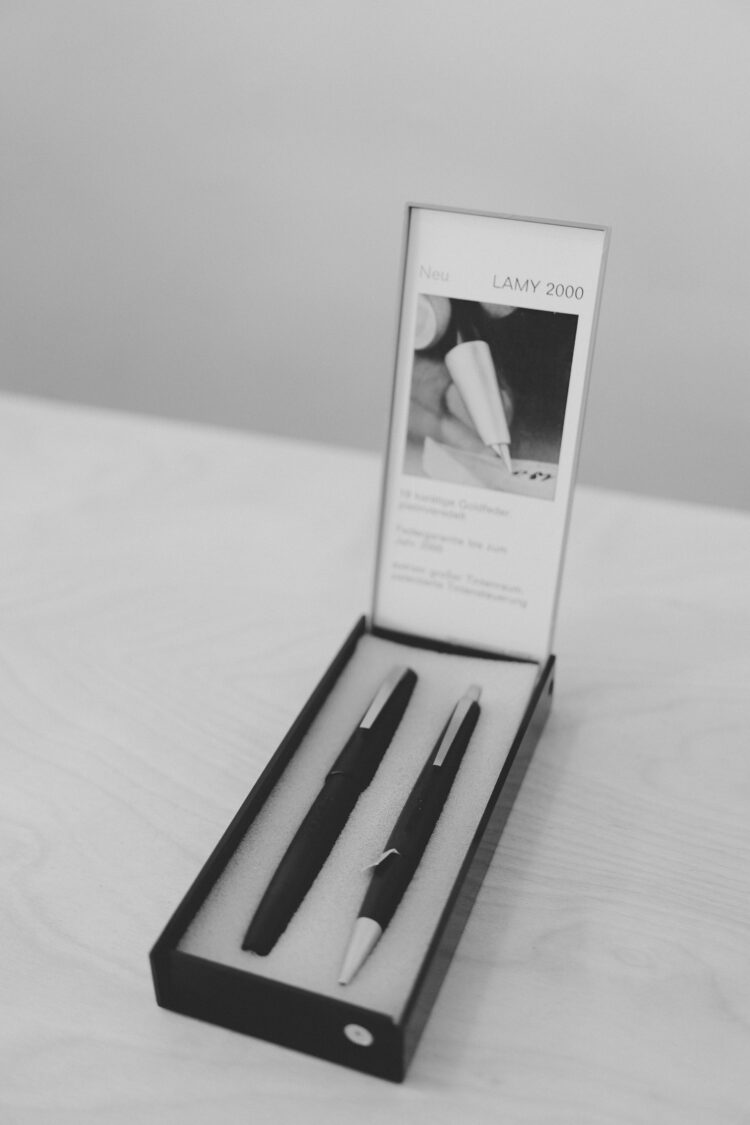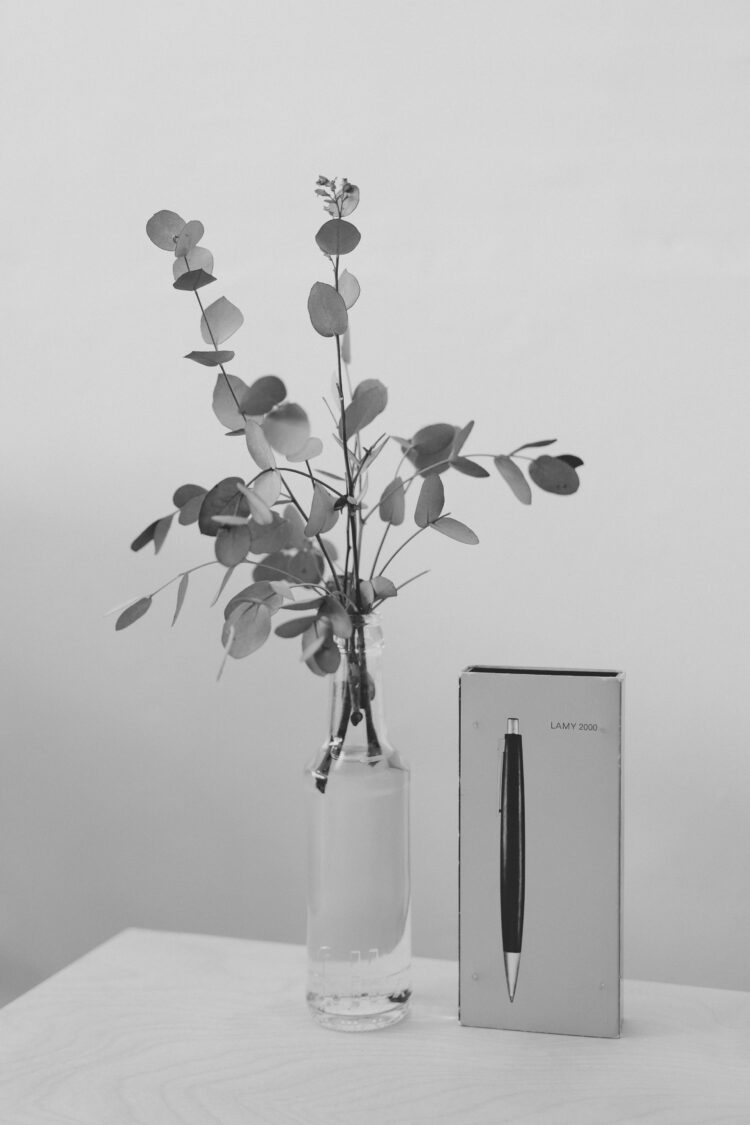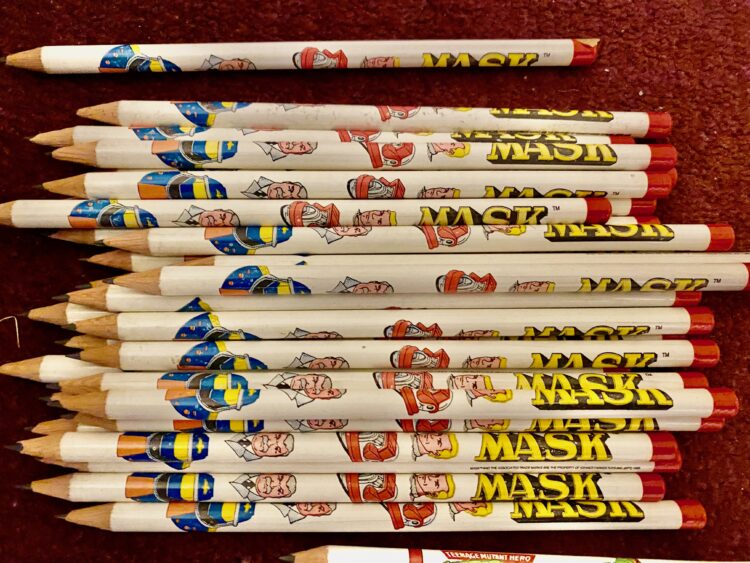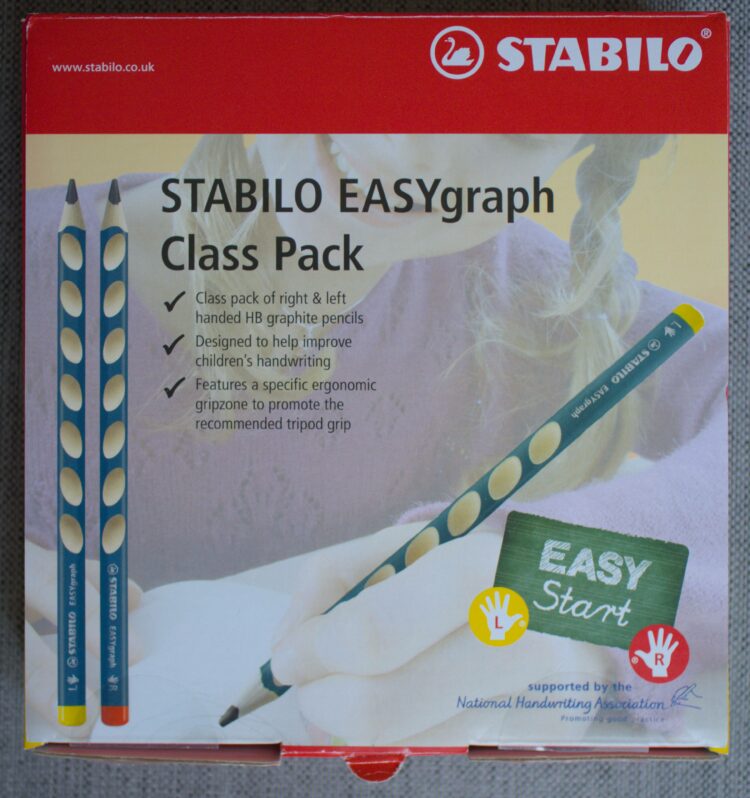LAMY 2000 – Set / DEMAG
This is a guest post by Sebastian Becker:
Almost unimaginable today, but: Yes, there was a time when employees spent their entire working lives, from training to retirement, with just one employer. A time when companies lasted and sometimes outlasted whole generations. Corporations and conglomerates with which people associated a degree of identification that went beyond the purely professional.

There is no doubt that Duisburg DEMAG was one of these companies, which lasted from 1910 to 1973, with roots going back to 1819. DEMAG – a name that still means something to many people on the Rhine and Ruhr.

Those who had been associated with such a company for a long time were given a gift, a token of appreciation, on their work anniversary – after 25 and 40 years with the company – in addition to an extra month’s salary.

A famous example of this is SIEMENS; to this day, a very high-quality wristwatch from a German manufacturer is given to mark the anniversary: the Ludwig from NOMOS in the corresponding SIEMENS edition (one of the few companies in the present day that still has such long ties).

What is the exception today was the rule in post-war West Germany: high-quality gifts on anniversaries.

Recently, while walking through a flea market in Duisburg, I discovered just such an anniversary present: a beautiful, originally packaged, actually never used LAMY 2000 gift set, consisting of a piston fountain pen and a biro, both engraved with the DEMAG logo.My father spent his working life in the ThyssenKrupp Group. I remember that when I was a child – the 1990s! – writing instruments, often from LAMY, and also pocket knives (Victorinox) were often given away in a professional context. Whole drawers were filled with LAMY pens and miniature pocket knives. These “normal” promotional gifts often had an equivalent value of € 5.00-10.00; something like a LAMY 2000 was only given on very special occasions.

Back to the flea market in question: The seller himself was not the youngest – but too young to have worked at DEMAG himself. An heirloom from his father? Probably. Written on the box in sharpie: Black fountain pen, black biros” – the beautiful set, it ended up in some cupboard, a drawer, maybe even in the attic, as soon as it was received. A package with obvious contents, after all, the writing instruments are clearly pictured on it, and yet the previous owner felt called upon to note the contents again in full.

In the cupboard, in the drawer or in the attic, this box must have lain for decades until it was sold to me. Why were the writing instruments never used? Perhaps they were “too bad” (although one might argue that it was too bad just NOT to use them). Or maybe they were simply not appreciated and only “archived” because that was the way official gifts were made at that time.

DEMAG existed until 1973, after which some former subsidiaries continued to bear the name – but it is unlikely that the gift was made after 1973. The iconic LAMY 2000, designed by Gerd A. Müller, came onto the market in 1966. The guarantee on the nib until the year 2000 is noted in the set .
Also based on the old LAMY branding, I assume that this beauty falls exactly into that period – i.e. 1966-1973. A wonderful set. And – in more ways than one – a piece of German history.
LAMY 2000 – Set / DEMAG Read More »











